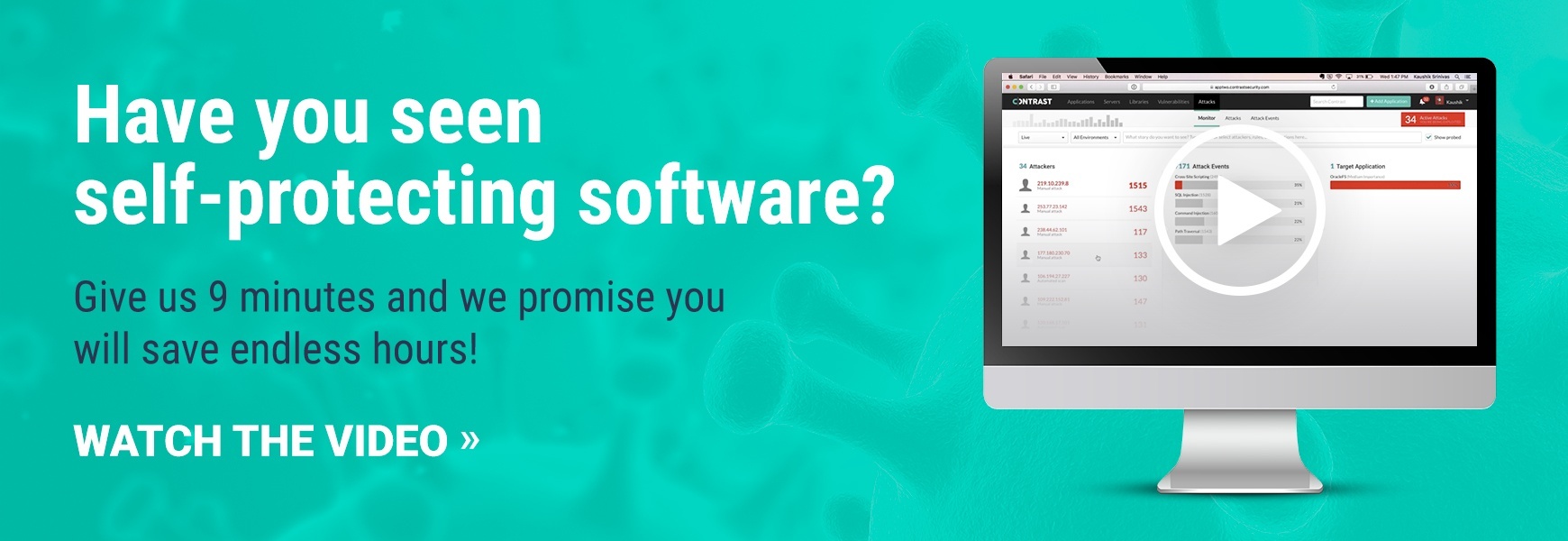At Microsoft Build in Seattle earlier this month, Microsoft presented its strategy and demonstrated its commitment to help move enterprises into the digital era. This transformation will require businesses to embrace technologies like cloud, microservices, and artificial intelligence (AI). Microsoft’s leadership has shifted the company’s focus from leveraging Windows as its showpiece, to helping organizations become part of the digital transformation.
The theme surrounding all the major Microsoft announcements was a push to move its loyal enterprise customer base to this new world. Every industry is experiencing disruption by companies that are nimble and can move fast. To compete in this world, existing players can now leverage Microsoft’s services to be more agile.
All the new products and services that were announced revolved around how to help enterprises adopt cloud and AI faster. Developers are at the heart of the digital transformation movement, and because of their importance and the movement to cloud-based solutions, the conference focused on software development and the tools they need build the digital infrastructure.
Why Contrast Attended and how Contrast Secures Applications in the Cloud
Microsoft .NET and Azure are key enterprise application development environments, and Contrast solutions help teams using those to develop secure applications. Any enterprise that has .NET applications should use Contrast Security to detect vulnerabilities in their code and protect applications against attacks.
Regardless of where applications are deployed – in a container (e.g. Docker), in cloud environments (e.g. Microsoft Azure), or on-premises – Contrast instruments the software to provide security telemetry; that is, to look at security related events and data flow and report back continuously.
Contrast integrates seamlessly into the software lifecycle (SDLC) and into the tool sets that development & operations teams are already using, including native integration with ChatOps, ticketing systems and CI/CD tools, and virtually an unlimited number of other systems via a RESTful API.
Because Contrast works across development platforms, the central Contrast console can be used to report on vulnerabilities across .NET, Java, Node, and now Ruby.
